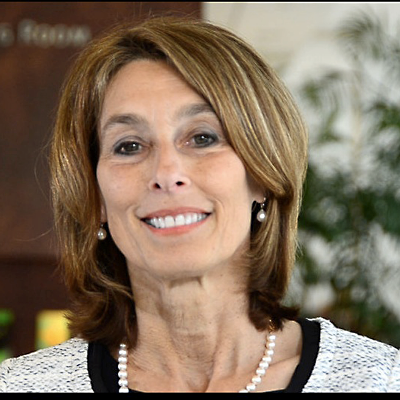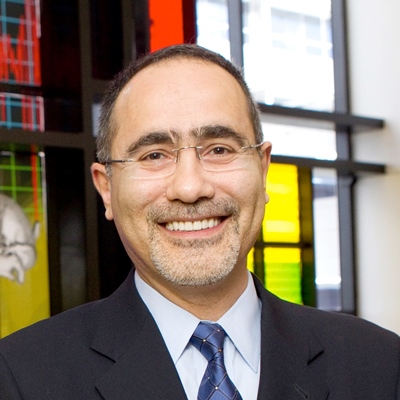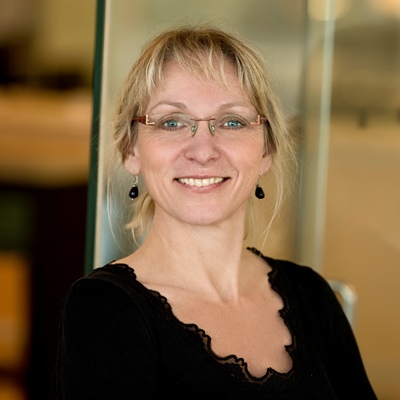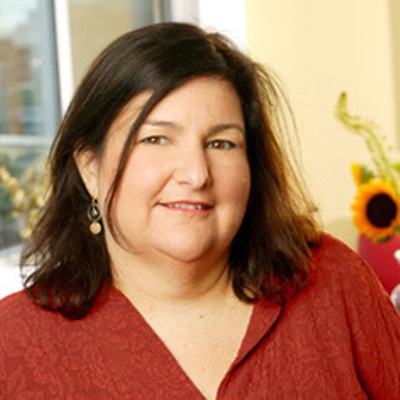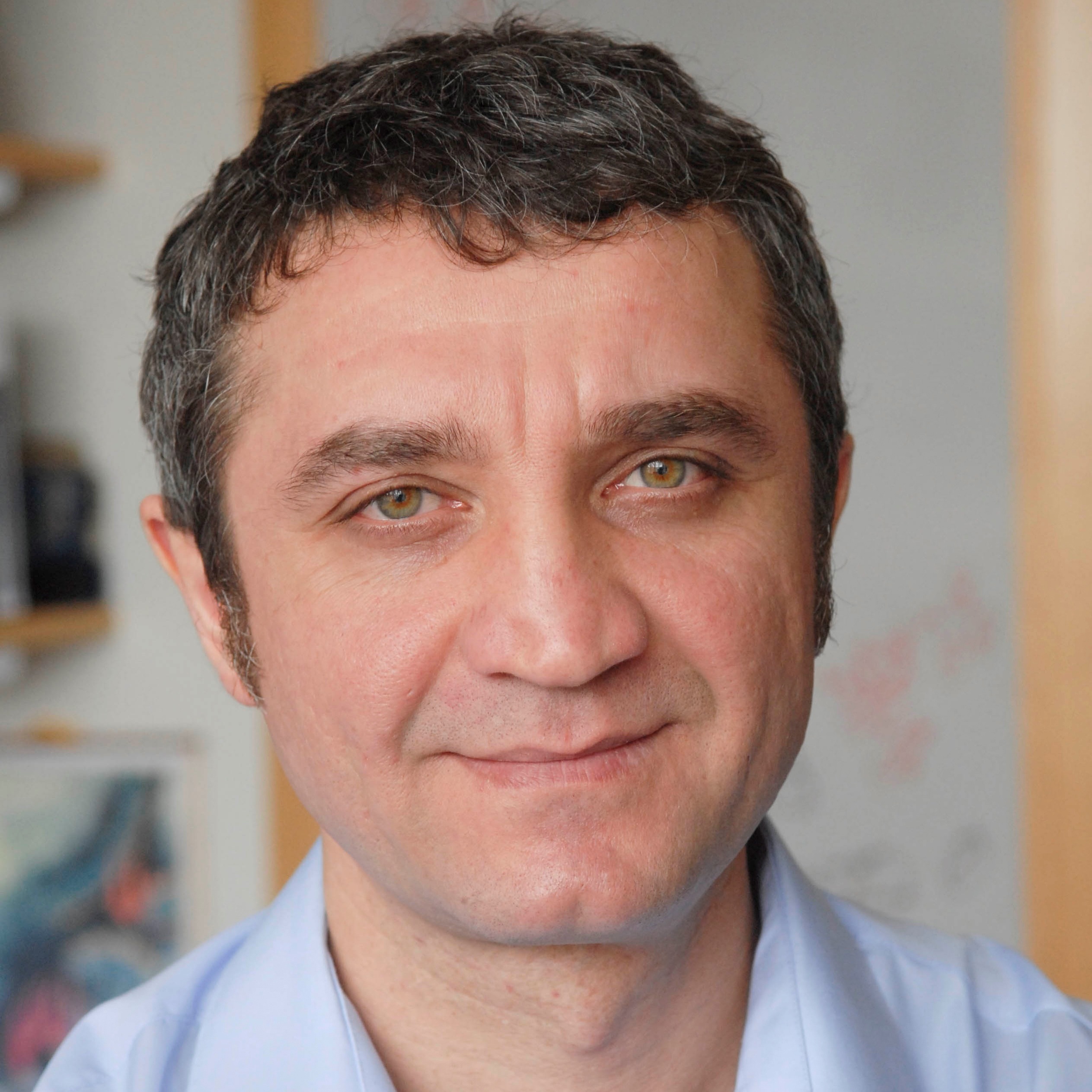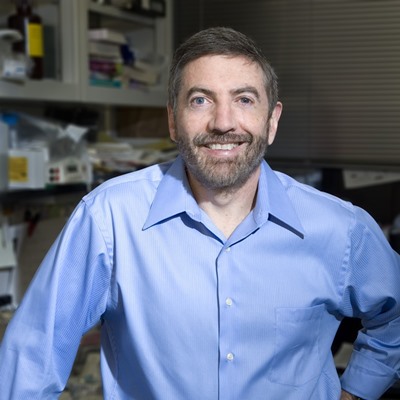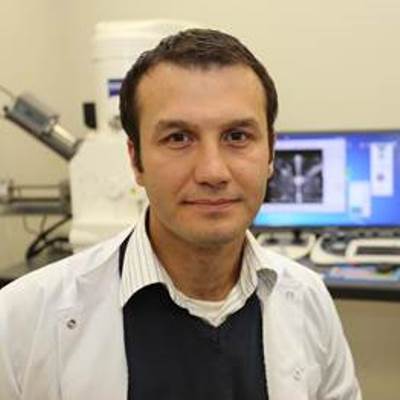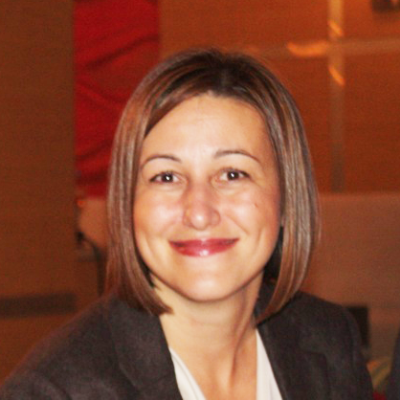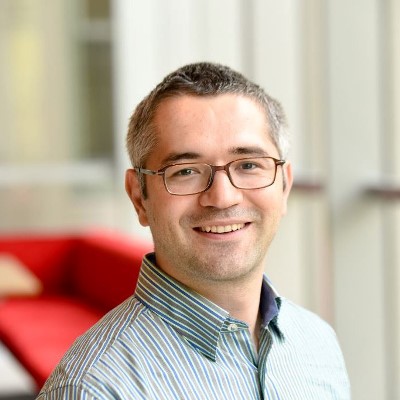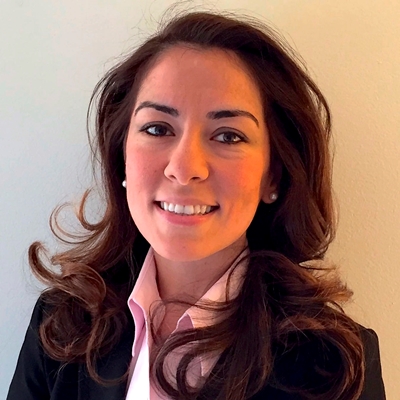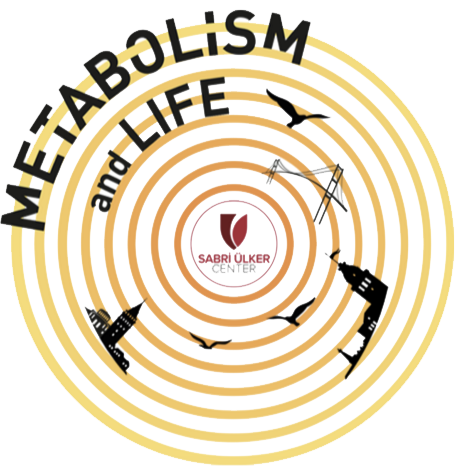


Alan Attie has worked on metabolic aspects of cardiovascular disease since 1976. He has worked on lipoprotein metabolism, cholesterol transport, and in more recent years, the genetics of diabetes. His laboratory combines metabolic research with current approaches to genetics and genomics. His laboratory has extensive experience with microarray analysis and integration of high-volume data from The current projects are aimed at understanding -cell proliferation, insulin secretion, insulin action, and hepatic steatosis.
The Genetic Architecture of Insulin Secretion
Alan D. Attie
University of Wisconsin-Madison
Most of the genetic contribution to the risk of type 2 diabetes comes from variation in -cell mass and function. Insulin secretion requires nutrient sensing and metabolism, secondary signaling pathways, and the biogenesis and trafficking of insulin granules. Using two different genetic screens, we have identified loci responsible for variation in insulin secretion. Our first screen was an F2 intercross between a diabetes-resistant and diabetes-susceptible mouse strain. We identified Tomosyn2 and Sorcs1 as genes involved in insulin secretion. Tomosyn 2 is an inhibitor of insulin secretion. Sorcs1, a member of the vps10 protein family, plays a role in the biogenesis of insulin granules. At present, we are screening an outcross stock derived from 8 inbred mouse strain, the Diversity Outcross (DO). This outcross contains an extraordinary level of genetic and phenotypic diversity. We isolated islets from each mouse and measured insulin secretion in response to 7 secretagogues. We have identified~40 loci that influence insulin secretion and islet number. In addition, we have mapped host loci that affect the microbiome composition as well as fecal bile acids. Our loci are highly correlated with genetic hits in humans. The alleles from the wild-derived strains are the main contributors to the genetic associations and are the ones that most closely resemble the human associations.

